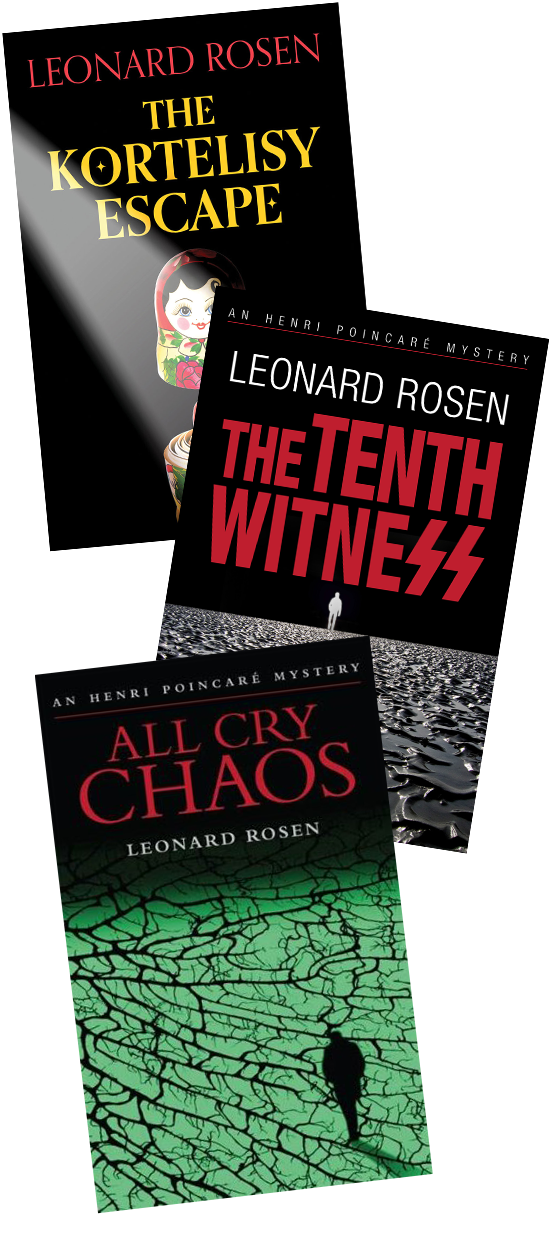On the Writing Process
Readers frequently ask novelists about the writing process. These questions come in many flavors, but here’s a common one: When you’re stuck, which authors inspire you to get going, to break free? At a recent writer’s conference, the panelists ahead of me pointed to Shakespeare, Flannery O’Connor, and John Gregory Dunne. When my turn came, I said: “Crockett Johnson, particularly Harold and the Purple Crayon.”
That drew some laughs. But I was serious.
You’ll recall the children’s classic: how young Harold, dressed in his pj’s, decides to go for a walk in the moonlight. He doesn’t know where to go, but he sets out with his purple crayon and draws his way into a world lit by a quarter moon (which he also draws). First come three intersecting lines, a horizon and a road disappearing into the distance. He sets off but quickly grows bored of the “long straight path” and decides to take a shortcut.
Where could a shortcut take him if he doesn’t know where he’s going?
To a forest, it turns out. Because he doesn’t want to get lost, Harold draws “a very small forest, with just one [apple] tree in it.” He draws a dragon to protect it, and the dragon scares him. As he backs away, his purple crayon leaves squiggle tracings on the ground, which, before he knows it, become waves. He falls into an ocean and draws a boat to save himself.
On it goes, Harold calling his world into being with his crayon, at times by design, at times by accident.
I know of no better or more elegant description of the writing process. Journeys are an apt metaphor for any creative project. A writer embarks. He may think he knows where he’s going, but the actual end of his story seldom looks like the one imagined on setting out. When I write a first draft, I take one tentative step after the next, doing essentially what Harold does. I create a place, a square on which to stand and look around. With just a few words on the page, that square is a flimsy thing that can barely hold life. I shore it up with more words. A more richly imagined world emerges. I take a next step and shore that one, too. Step leads to step leads to chapter leads to book, and I’m done.
After a series of adventures, Harold finds his way home and literally makes his bed. That is, he draws a bed and climbs into it. In what must be one of the sweetest double entendres in all of children’s literature, he then draws up the covers with his crayon.
I keep Johnson’s little gem by my writing desk. On a bulletin board, I’ve photocopied the page on which Harold has drawn his “very small forest, with just one tree.” In first-draft writing particularly, when blank pages loom large, I think of Harold the fearless explorer. He uses a crayon; I use words. When I’m stuck, as I wonder where and how to draw my next step, I look at Johnson’s little forest (copied in color so I can see the purple) and ask: What would Harold do?
